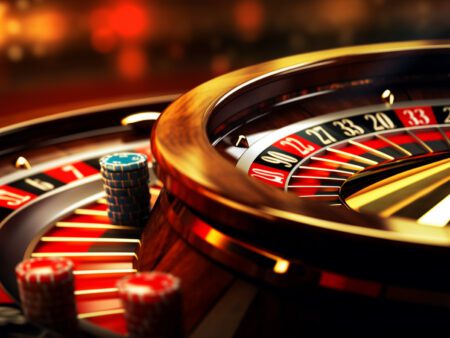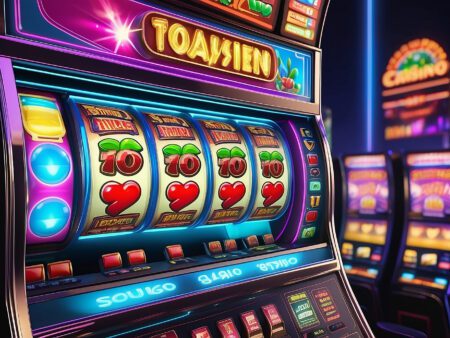Learn the art of bluffing in poker and discover psychological tactics that can help you succeed. Understand your opponents, select the right moment, and enhance your bluffing skills.
The Art of Bluffing in Poker: Psychological Tactics for Success
Have you ever watched a professional poker player on TV and marveled at their ability to bluff their way to victory? Bluffing is an essential skill in poker that can help you win hands even when your cards aren’t the best. It’s a strategic move that requires careful calculation and an understanding of human psychology.
What is Bluffing?
Bluffing in poker involves making a bet or raise with a weak hand to deceive your opponents into thinking you have a stronger hand. The objective is to make your opponents fold and surrender the pot, even if they have better cards than you.
While bluffing may seem like a risky move, it can be a powerful tool when used correctly. In this article, we will explore the art of bluffing in poker and discuss the psychological tactics that can help you succeed.
Understanding Your Opponents
One of the key elements of successful bluffing is understanding your opponents and their playing styles. Pay close attention to their betting patterns, body language, and past behavior. Are they conservative and cautious? Do they tend to fold easily? Are they aggressive and prone to taking risks? By observing and analyzing these factors, you can gain valuable insights into how your opponents are likely to react to your bluff.
Selecting the Right Moment
Timing is crucial when it comes to bluffing. You need to choose the right moment to make your move. Bluffing is most effective when you have a tight image at the table, and your opponents perceive you as a player who only bets with strong hands. This means you need to establish a solid foundation of playing only premium hands and showing strength before attempting to bluff. Once you’ve built this credibility, your opponents will be more likely to believe your bluff and fold their hands.
It’s also important to consider the current game situation before bluffing. Bluffing when the pot is small or when there are multiple players still in the hand is generally less effective. Look for opportunities where the pot is larger, and there are fewer opponents left to challenge your bluff.
Implementing Psychological Tactics
Bluffing is as much about psychology as it is about the cards. Here are some psychological tactics you can use to enhance your bluffing skills:
- Confidence: Project confidence and maintain a calm demeanor when bluffing. Avoid nervous behaviors like fidgeting or avoiding eye contact, as these can give away your bluff.
- The Storytelling Bluff: Create a narrative that supports your bluff. Your bets and actions should tell a story that makes your opponents believe you have a strong hand.
- Observation: Continuously observe and gather information about your opponents during the game. Look for signs of weakness or uncertainty that indicate they may be susceptible to a bluff.
- Timing tells: Pay attention to your opponents’ reaction times when facing a bet or a raise. A quick call or a delayed decision can be indicators of their hand strength.
Knowing When to Fold
While successful bluffing can be a thrilling experience, it’s important to know when to fold and cut your losses. Bluffing should be a calculated risk, and if your bluff is called, you need to be prepared to accept defeat gracefully. Don’t let your ego get in the way of making rational decisions.
Conclusion
Bluffing is an integral part of poker that can separate the average players from the pros. By understanding your opponents, selecting the right moment, and implementing psychological tactics, you can become a master bluffer. Remember, practice and experience are key to developing your bluffing skills. So, get out there, hit the tables, and start bluffing your way to success!










